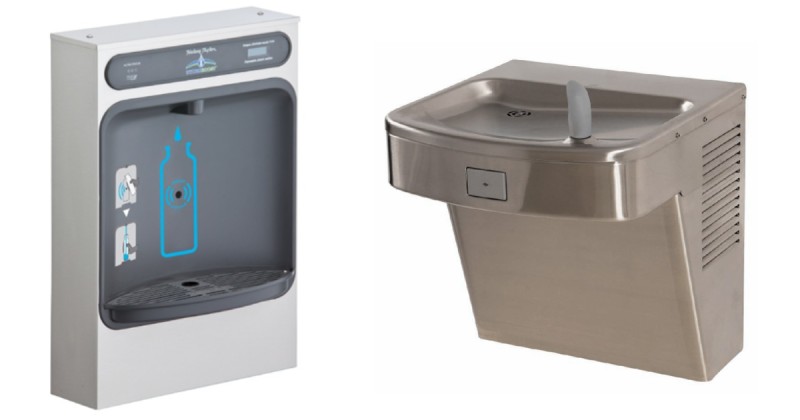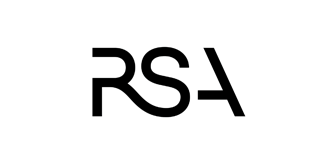The global pandemic increased demand for bottle filling stations as we looked for ways of slowing the spread of COVID-19. Even now, with the virus more contained, people are extra cautious about cleanliness in shared areas, meaning bottle fillers weren’t just a temporary solution — they’re here to stay.
By contrast, drinking fountains faced increased scrutiny during the pandemic, but does that mean there’s no longer a place for them in our communal areas?
In this article, we consider the future of public water solutions in a post-COVID landscape, and whether bottle filling stations should replace or coexist with drinking fountains.
What are bottle filling stations?
Bottle filling stations, also known as bottle refill stations or water bottle fillers, are specialised fixtures that dispense water directly into reusable containers like water bottles and hydration flasks.
Typically, they have advanced filtration systems and touchless dispensing mechanisms, making it easy for individuals to fill their containers with clean drinking water.
These stations are commonly found in educational institutions, offices, gyms, airports, and various other high-traffic areas.
Why bottle fillers have become the norm
Bottle filling stations have quickly become a common sight in public spaces due to their effectiveness in addressing two growing modern-day issues.
Stopping the spread of germs
With touchless sensors, bottle filling stations help to reduce the risk of germs spreading among users, promoting safer drinking experiences. Certain models of water fountains also have touchless operation, but, due to the way they are used, still aren’t as hygienic as bottle fillers.
Moreover, the water dispensed by many bottle filling stations is filtered and purified, ensuring a high level of water quality and hygiene — giving users peace of mind.
Parting ways with plastic
By encouraging individuals to refill their reusable containers, bottle fillers reduce the demand for disposable plastic bottles considerably.
Each time a reusable bottle is filled, it means one less plastic bottle might end up in landfills or oceans.
This simple action has a significant impact. It reduces plastic pollution, cuts down on energy use, and reduces the carbon footprint linked to making and transporting plastic bottles.
As environmental awareness continues to grow, bottle fillers have become a symbol of responsible water consumption and a tangible solution to this aspect of the environmental crisis.
Should bottle fillers replace drinking fountains?
As the more hygienic and sustainable water solution of the two, it’s become quite common across the UK and beyond for bottle fillers to replace pre-existing drinking fountains.
However, while bottle filling stations are, and will continue to be, a popular choice, they’re not a complete solution — communal spaces require an additional water system to cater to different hydration needs.
Complementary solutions for diverse hydration needs
Drinking fountains may lack the space to refill reusable bottles, but bottle filling stations offer nothing in the way of immediate hydration.
The ideal approach to addressing the challenges associated with traditional drinking fountains is not to replace them with bottle fillers but to offer both as complementary solutions. By providing a variety of water dispensing options, we ensure that every individual can quench their thirst conveniently, safely and sustainably.
For those who have reusable bottles, bottle fillers offer a hygienic and eco-friendly method to access clean water, while traditional drinking fountains remain accessible for those without bottles, offering a quick and straightforward way to hydrate.
So, is there still a place for drinking fountains in communal areas? Yes, for inclusivity purposes, drinking fountains should not be replaced by bottle filling stations. Yet, it’s important that we address the shortcomings of water fountains and do all we can to keep them sanitary and safe to use.
Our recommendations
If drinking fountains are already installed
Where drinking fountains are already installed, there are two options: retrofitting bottle filling facilities into the drinking fountain or installing a standalone bottle filling station.
While retrofitting bottle fillers can be cost- and space-effective, it’s not always possible, as the design of the fountain may prevent installation of the necessary components. There’s also a chance that integrating a bottle filler into an existing drinking fountain results in a poor design that impacts the ergonomics and longevity of the water solution.
For the safest, most efficient, and most sustainable solution in this scenario, we suggest pairing a drinking fountain with a dedicated bottle filling station.
Our bottle refill station recommendations are as follows:
CWS Eco-UV Bottle Refill Station
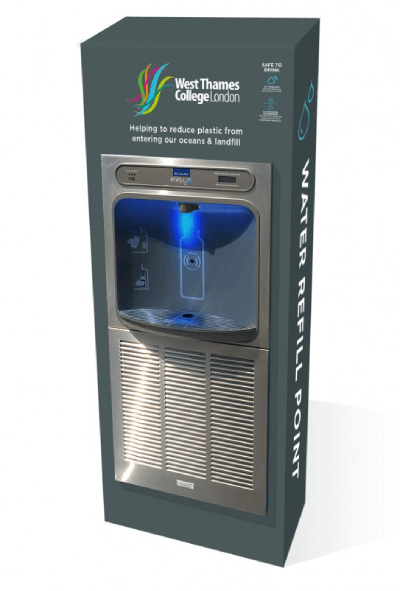
The Eco-UV is a robust, boxed bottle refill station with an ultra-blue steriliser and contactless operation, ensuring high levels of hygiene and ease of maintenance. It can be floor or wall mounted, and the thin design allows installation in areas with minimal free space.
Capable of filling up to 680 bottles (340 litres) per hour and chilling 80 litres of water in the same time frame, it’s perfect for busy locations like schools and hospitals.
It’s also vandal-proof and can be customised with your organisation's branding.
CWS HT HydroBoost Bottle Filling Station
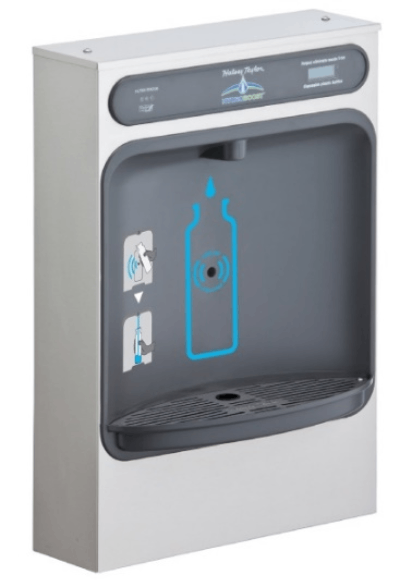
The HydroBoost Bottle Filling Station is a compact and efficient unit designed for indoor, high-traffic areas. It features a hands-free sensor and automatic shut-off timer to enhance convenience and reduce water and electricity waste — making it an excellent water solution for green-forward organisations.
If no water solutions are already installed
With no pre-existing water solutions, your options are wide open. As mentioned above, separate drinking fountains and water bottle fillers ensure broad accessibility. However, hybrid units make for a cost- and space-effective alternative.
CWS HT HydroBoost Combination BFS

Delivering up to 42 litres of chilled water per hour, the HydroBoost Combination BFS is an excellent water solution for high foot-traffic areas. And as it’s a wall-mounted unit, it fits nicely in small spaces.
Triggered by a touchless sensor, its laminar flow technology minimises spills during bottle filling, reducing the cost of wasted water while maintaining a high level of hygiene.
With its durable stainless-steel construction and satin finish, it's both low-maintenance and resistant to water marks and fingerprints, making it a top choice for a variety of indoor environments, from schools and colleges to offices and gyms.
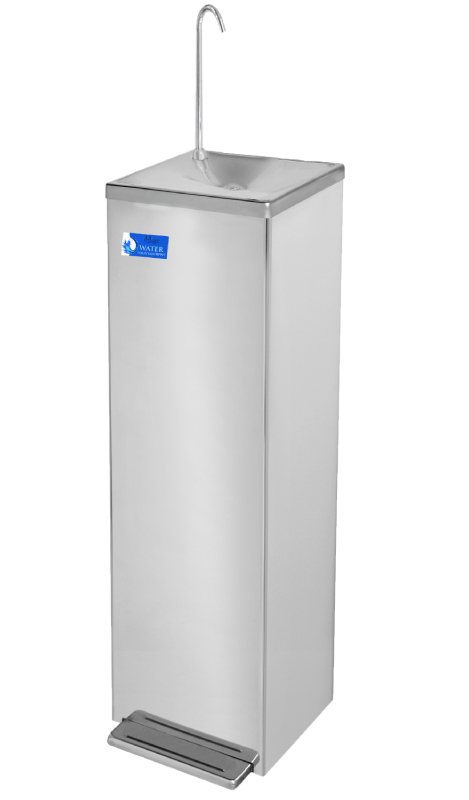
Designed for touchless access to drinking water, the foot pedal-operated CWS WFP9T is ideal for schools, offices, airports, gyms, factories and more.
The swan-neck tap makes it easy to fill both bottles and glasses, and chill/pressure cooler technology delivers up to 30 litres of chilled water per hour – making it a reliable option for high foot traffic zones.
Final thoughts
Installing both bottle fillers and drinking fountains can help organisations to meet diverse hydration needs as we move toward a more hygienic and sustainable future.
Bottle filling stations have an edge in the areas we’ve come to value most as a society, but only when partnered with drinking fountains can they deliver water access to all.
Contact us today to explore more bottle filling stations, or, for spaces that have neither bottle filler nor fountain, dedicated or hybrid units.
